9 Best Tips to Manage Your Ozempic Side Effects
Are you about to embark on your weight loss journey with Ozempic, Wegovy, or another GLP-1 weight loss drug? There are several things you can do to make the process more enjoyable. Dr. Jessie Watkins, Watkins Metabolic Clinic, is a doctor and social media influencer. In a new viral video, she reveals several tips to reduce Ozempic side effects.
Ozempic and Wegovy Are Both Used for Weight Loss
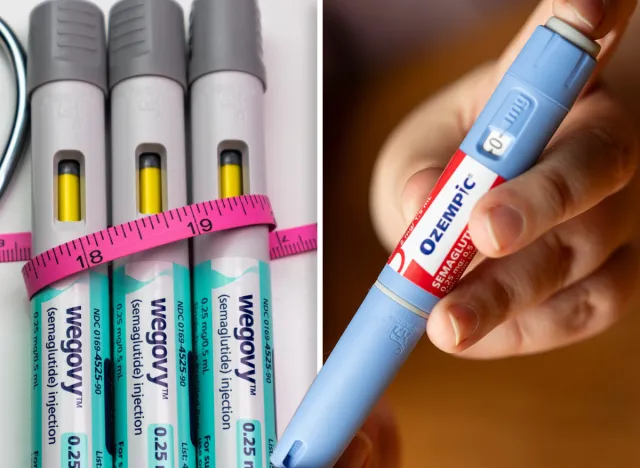
"Semaglutide is the medication that is marketed and branded as Ozempic at one milligrams a week for diabetes and at 2.4 milligrams a week for weight loss branded as Wegovy. In this video, let's talk about semaglutide," she says.
These Are the Most Common Side Effects
"The most common side effects with this medication are gastrointestinal or GI," she says. "These can include nausea, constipation, diarrhea, gas, bloating, and abdominal pain."
Cut Back on Portion Sizes
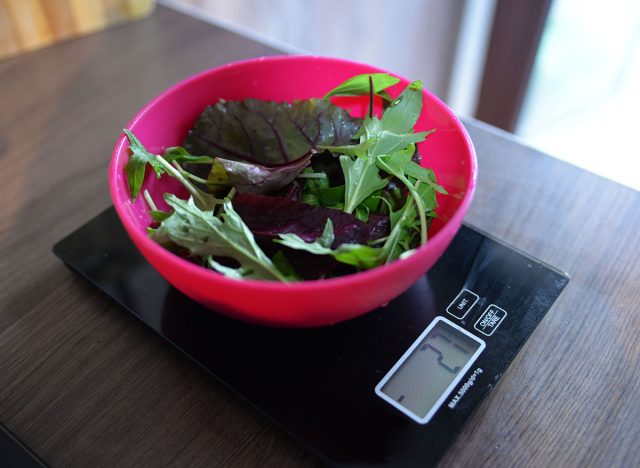
"The number one thing you can do to help reduce these side effects is to cut back on your portion sizes," she says. "Most of my patients report they eat about half the portion sizes they were eating before, and if you eat beyond the point of feeling full, you're going to feel quite sick to your stomach. So eat very slowly and stop as soon as you feel full."
RELATED: 20 Things You Need to Know About Ozempic and Weight Loss
Eat Smaller, More Frequent Meals

"In terms of how to change up your daily pattern of eating, again, most of my patients do find that eating smaller, more frequent meals throughout the day as opposed to a large meal at the end of the day can help reduce their symptoms," she continues.
Don't Wait Too Long Between Meals

She does point out that "nausea can be a result of overeating, but it can also be caused by leaving it too long between your meals." This is why she advises her patients to pack a small healthy snack to have on hand when they're out and about "in case they start to feel nauseated or lightheaded when it's been too long since they last ate."
Avoid Gas Causing Foods
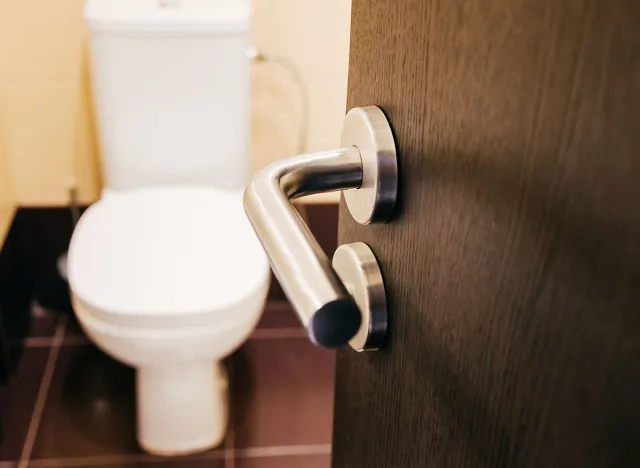
In terms of what foods to eat, there are certain foods to avoid, she says. "It's best to avoid foods that can cause gas, things like beans, broccoli, and artificial sweeteners."
RELATED: I Lost 66 Pounds After Adding These 10 Simple Habits
Avoid High Fat and Sugar Foods

She also recommends avoiding some other things. "It's best to avoid very high-fat foods and foods that are really high in sugar."
Inject Friday Night Before Bed
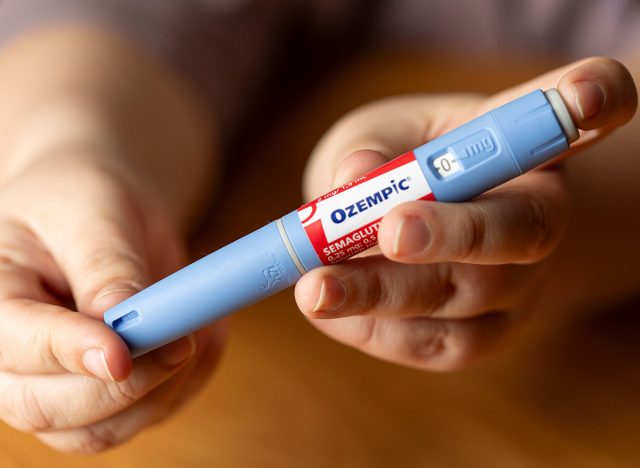
"In terms of when to do your injection, if you have a predictable work schedule, say Monday to Friday, I often tell my patients, try injecting Friday night right before bed because if you're going to feel nauseated, it does tend to be in the day or two after the injection," she suggests. "And if you're at home and don't have to go to work, that can make that more manageable."
Also, Inject Into Your Thigh
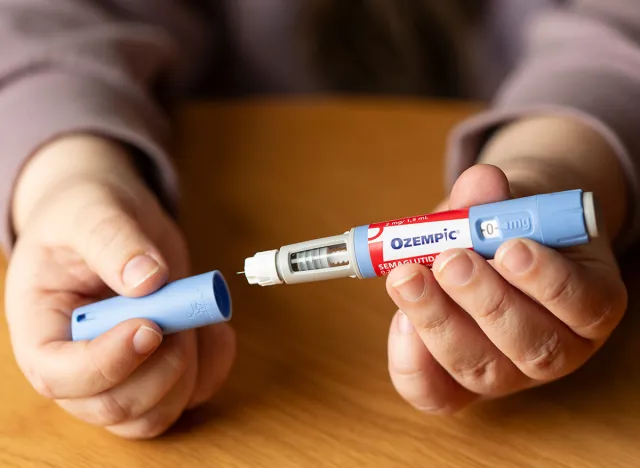
As to where to inject, she also has a suggestion. "Some of my patients also report that injecting semaglutide in their thigh as opposed to their abdominal area can help reduce specifically the gastrointestinal side effects," she says.
Drink Lots of Water

Hydration is also key. "It's also really important to drink lots of water when you're on this medication because that can also help reduce the symptoms of constipation," she suggests.
RELATED: I Tried the 12-3-30 Treadmill Workout, and Here's What Happened
Remember, Side Effects Resolve

"Remember that if you're having side effects early on, the majority of them do resolve after one or two months as your body gets used to this medication," she concludes. "If you still have concerning side effects, it's best to speak to your physician because they can recommend over-the-counter remedies that can help make them more manageable, or they might switch up and slow down your titration schedule or how quickly you increase the dose to help reduce side effects." And if you enjoyed this article, don't miss 20 Incredible Ozempic Success Stories of All Time.





